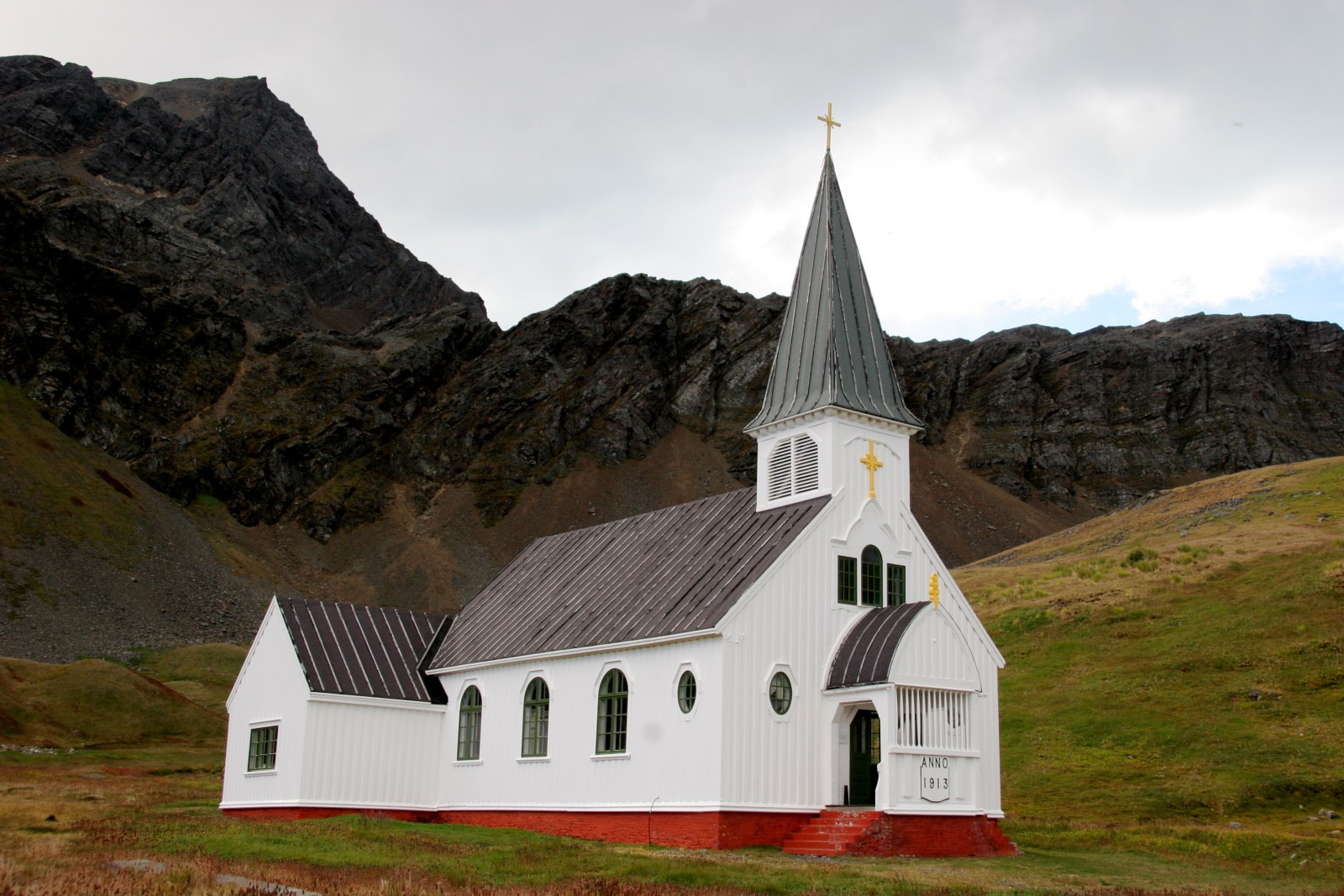'Below 40 degrees South there is no law; below 50 degrees South, there is no God', goes the old adage. When faced with a storm in the turbulent and freezing waters of the Drake Passage, one might think so.
Men sometimes seem left to their own devices in these inhospitable latitudes, and precisely for that reason it might not be so surprising to find an increasing number of places of worship during Antarctica expeditions. Religion has provided comfort and guidance in very extreme living conditions, and people still need to get married, and baptized!
Here is a list of the most interesting religious buildings in Antarctica (and in Subantarctic territory as well), and some of the events which they have witnessed.
Trinity Church on King George Island
Trinity Church is the southernmost Orthodox church in the world, and it is located near Bellingshausen Station, Russia's permanent outpost in Antarctica. The church was constructed in Russia in the mid-1990s and transported by a supply vessel to its present location. It is a 15m-high wooden structure built in traditional Russian style using Siberian pine, it can accommodate up to 30 worshippers, and it is manned year-round by one or two hieromonks from the Troitse-Sergiyeva Lavra monastery. In 2007, the church performed its first wedding between Chilean and Russian researchers.
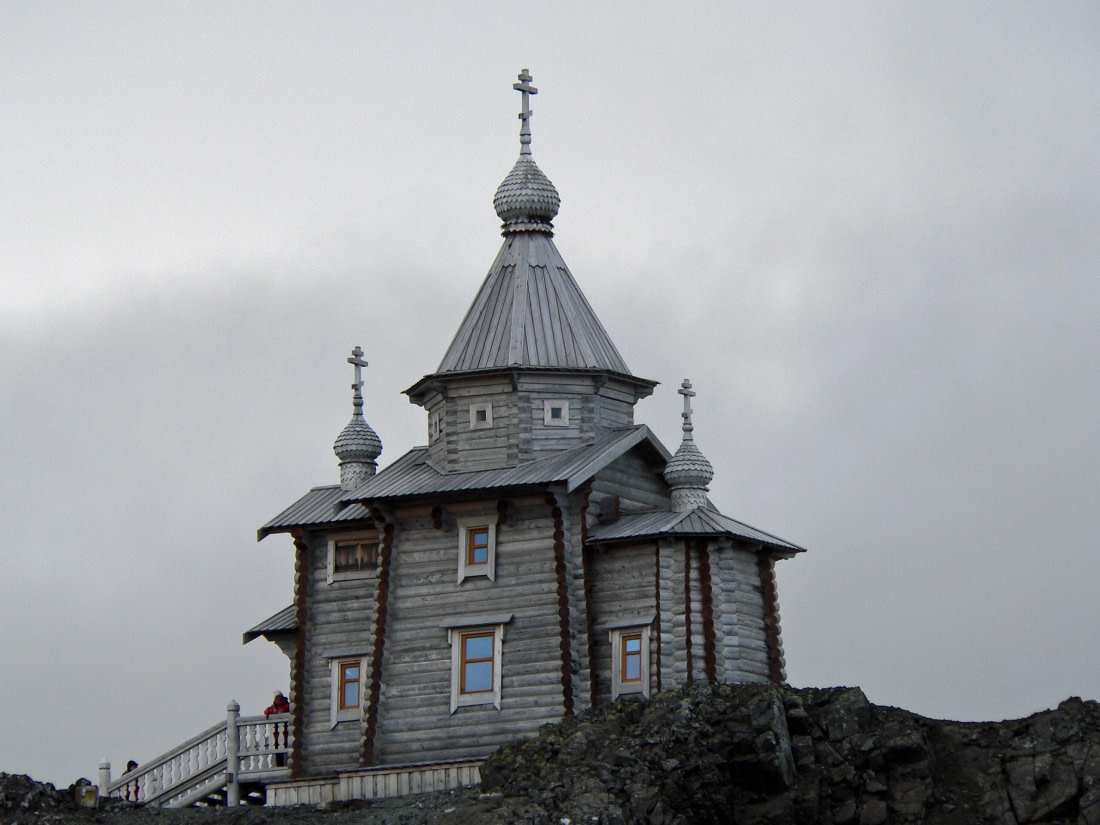
Chapel of the Snows at US McMurdo Station on Ross Island
Built in 1956 as a Christian non-denomination church, the Chapel of the Snows has since hosted services and meetings from faith groups such as Latter Day Saints, Baha'i, and Buddhism and non-religious groups such as Alcoholics Anonymous, in addition to its regular Catholic and Protestant services. The first building was destroyed by fire on August 1978, and the new chapel was dedicated in 1989. The temporary chapel used in the meantime also burnt down after it had been abandoned for several years.
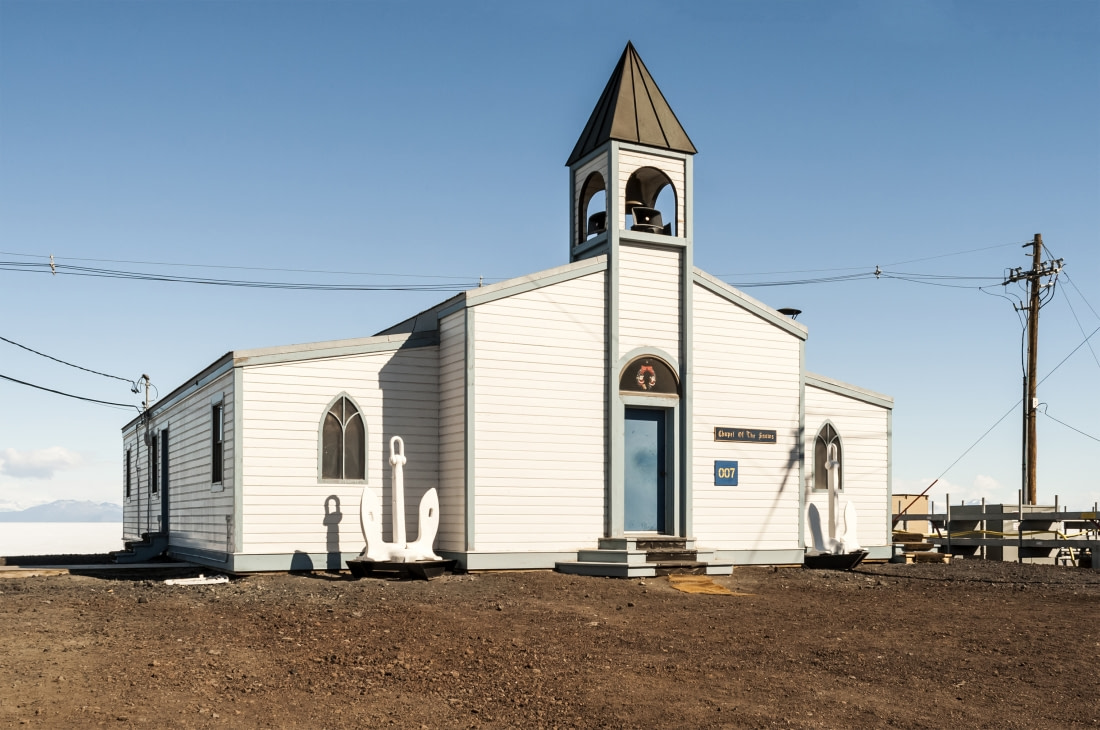
Ice Cave Catholic Chapel at Argentinian Belgrano II Base
The Southernmost place of worship of any religion in the world, these amazing chapel's walls are made of ice. It is the permanent Catholic church for the all-year-round Argentinian Belgrano II base and scientific research station, which was founded in 1955 on Coat’s Island. Very cool, don't you think?
Chapel of Santa Maria Reina de la Paz at Chilean Base Pte Eduardo Frei
Located on the Chilean military base of King George’s Island, at Villa Las Estrellas, this unusual looking church is made out of metal shipping containers, and fitted with appropriate ventilation and heating systems. Built at the end of the XX century, its religious ceremonies are given by a deacon who lives on the base.
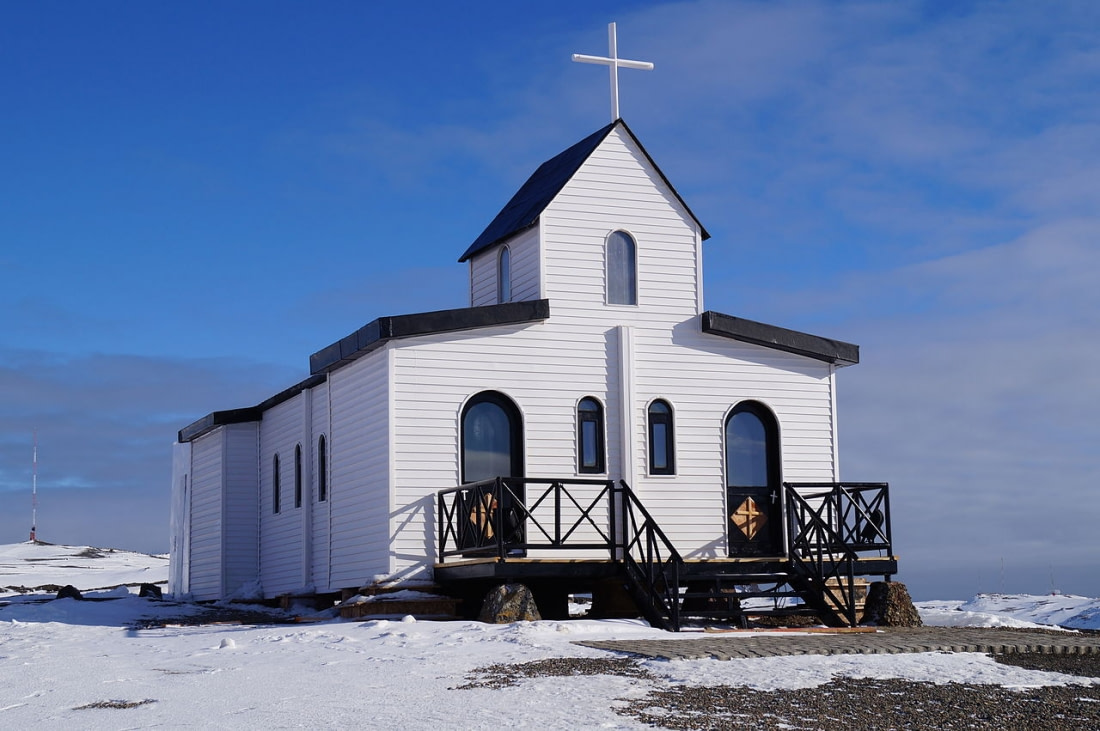
The Whaler’s Church in South Georgia
This neo-Gothic Norwegian Lutheran church was built by whalers in 1913 for the whaling station in Grytviken, South Georgia. In 1922, it held the funeral service for Sir Ernest Shackleton before his burial in the church cemetery. It serves occasional religious services, and some wedding ceremonies, particularly for descendants of the whalers buried in its cemetery.
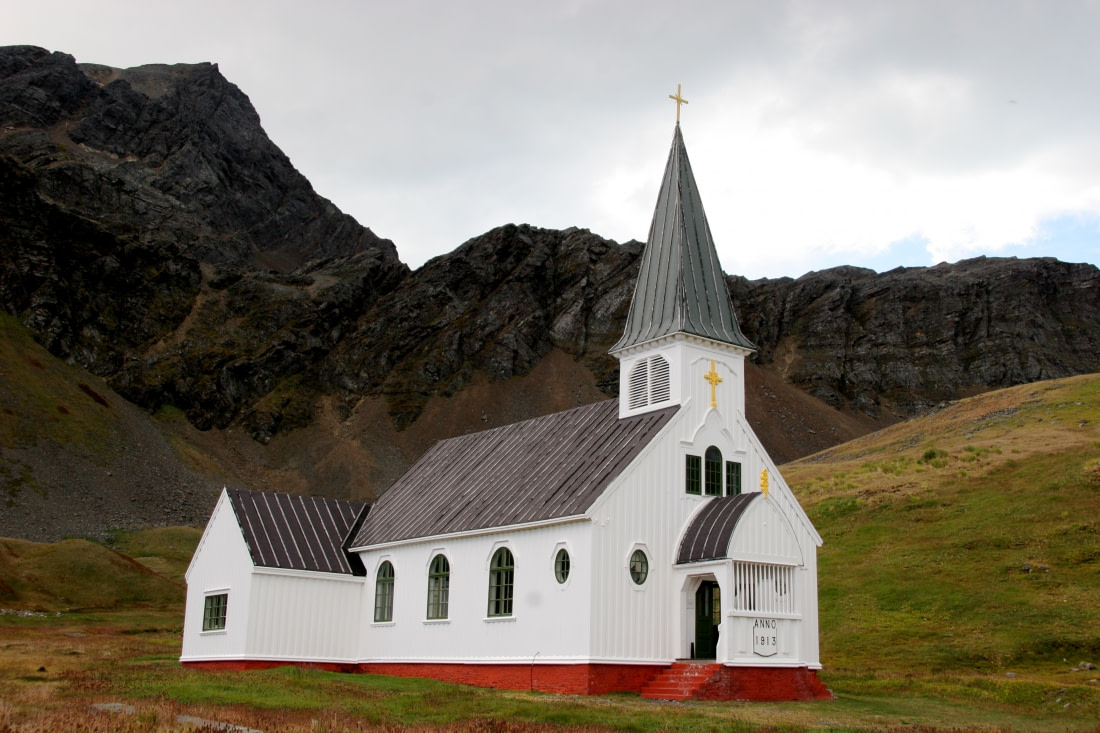
San Francisco de Asis Chapel at Argentinian Esperanza Base Station
Together with the Chilean Base Frei, Esperanza Station is the only other permanent location where civil personnel live all-year-round with their families. The San Francisco de Asis Catholic chapel was consecrated in 1976. In 1978, the first human being born in Antarctica, Emilio Marcos Palma, was baptized at the chapel, and on February 16 of that same year, the first religious wedding ceremony was performed there.

Blog



Adding Antarctica to Your Seven-Continents Bucket List
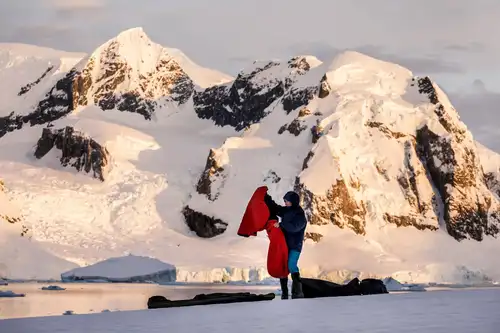
Camping in Antarctica: a True Expedition Experience
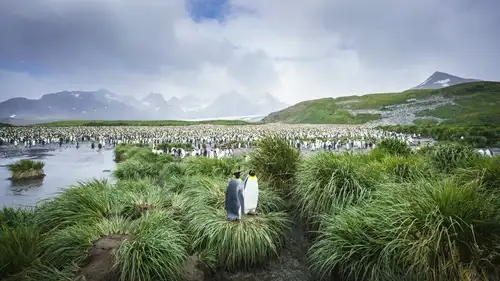
The South Georgia Seven: Hikes, Fjords, Whales, & Penguins
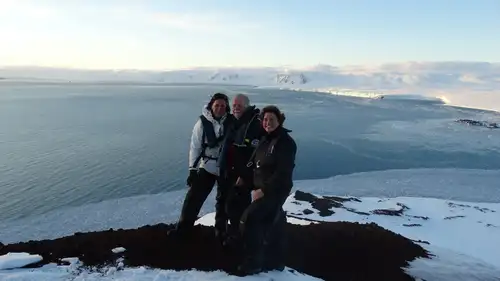
Polar Cruises: The Ultimate Icebreaker

Seven Frightfully Fun Polar Ghost Stories
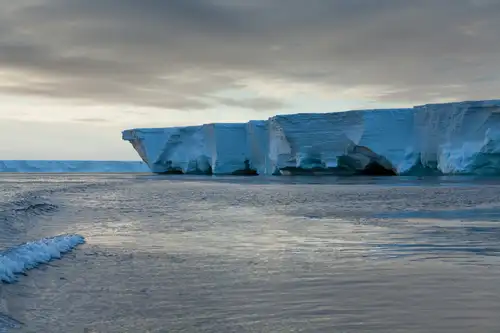
Science of the Ross Ice Shelf

Top 10 Tips for Packing Your Polar Photography Equipment
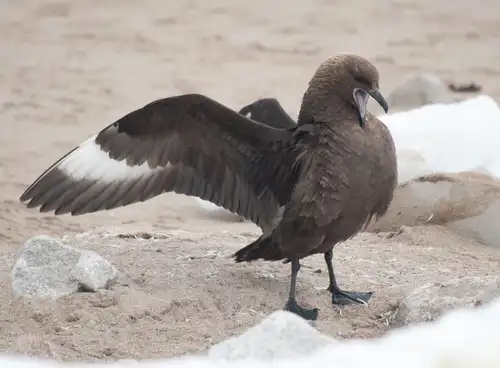
Fierce and Feathered: the Skuas of Antarctica
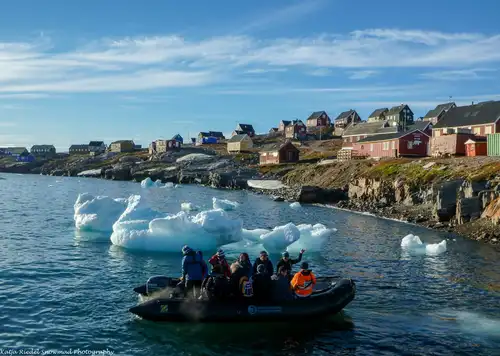
Scoresby Sund: the Greatest Greenland Adventure
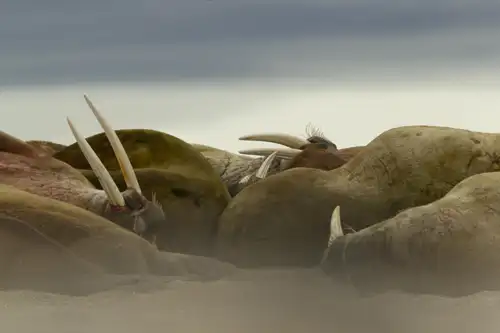
15 Toothy Facts About the Atlantic Walrus

11 Seals You May See in Antarctica or the Arctic
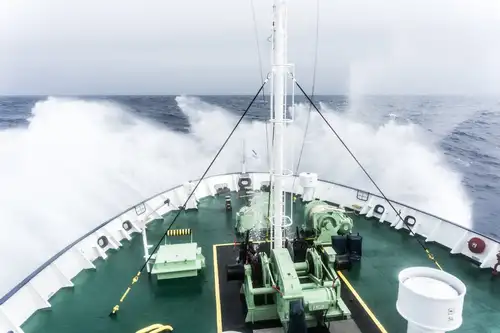
What to Expect When Crossing the Drake Passage
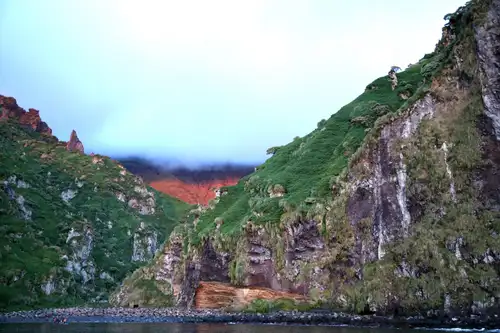
Gough Island: Seabird Capital of the South Atlantic
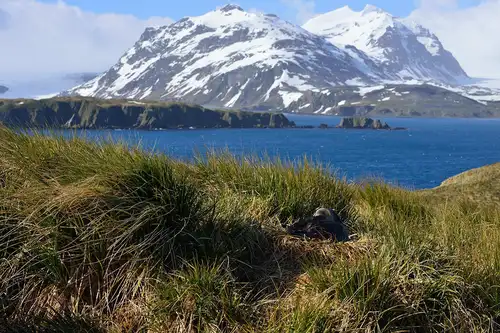
The Plants of Antarctica
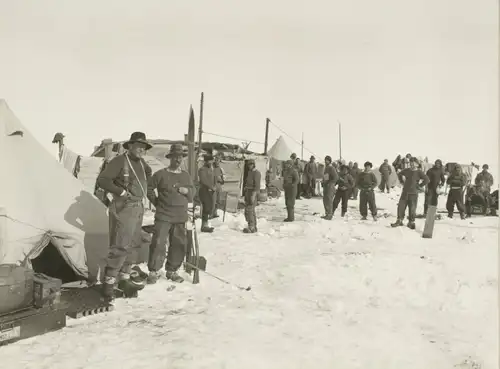
Exploration of the Polar Regions
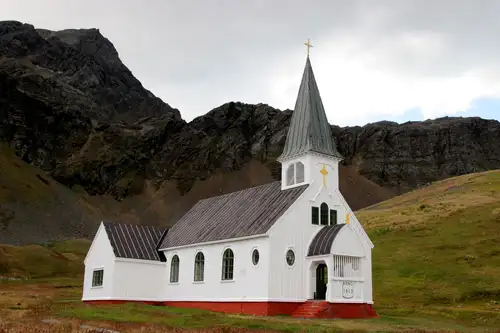
Churches in Antarctica

The World Is Changing for Greenland's Native Inuit People
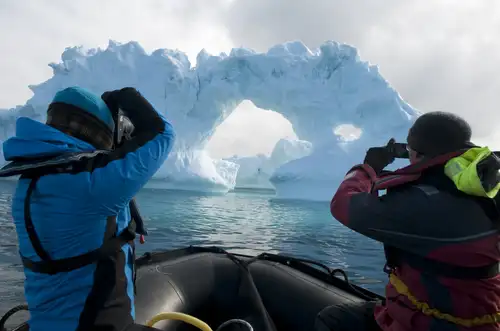
Under the Greenland Ice Sheet
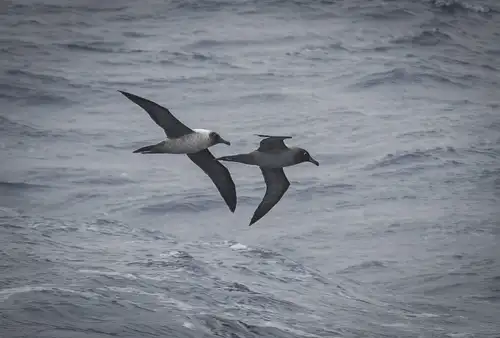
Birds of the South: 33 Antarctic Birds and Seabirds




